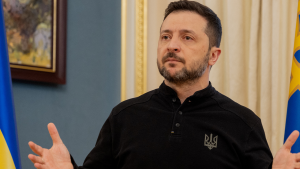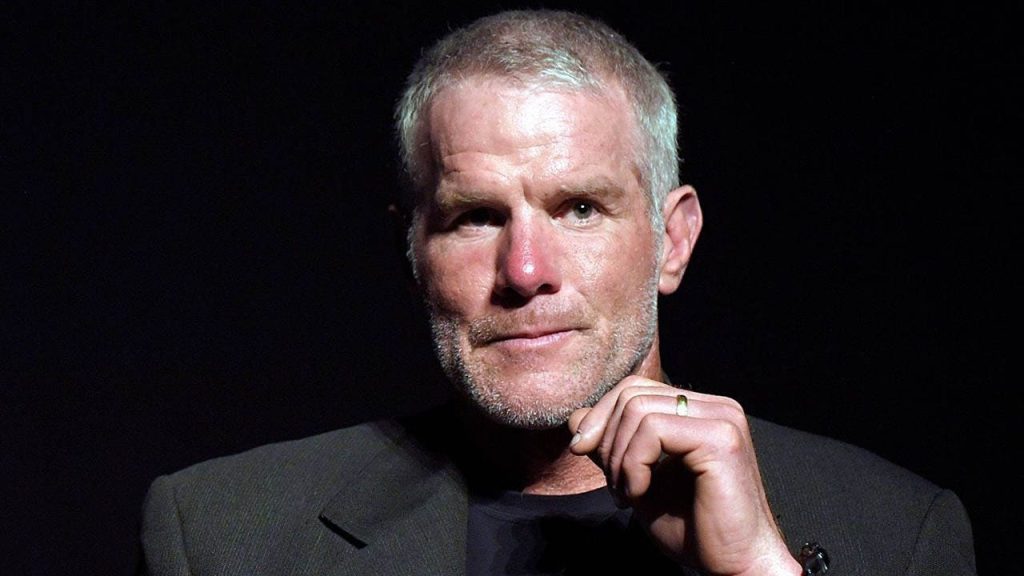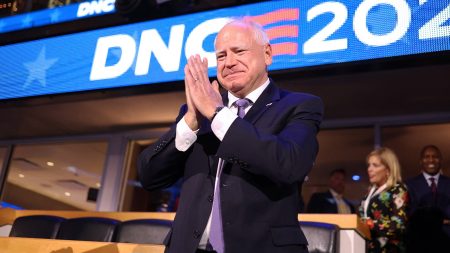Brett Favre’s expression of confusion and skepticism regarding the New Year’s Day incidents in New Orleans and Las Vegas highlighted the initial difficulty in discerning accurate information amidst a flurry of online speculation and evolving news reports. His social media post, questioning the nature of the events and the veracity of circulating information, resonated with many followers who expressed similar doubts and mistrust of traditional media sources. This initial wave of uncertainty underscores the challenges posed by the rapid dissemination of information in the digital age, where unverified claims and conspiracy theories can easily proliferate, obscuring the factual details of developing situations.
The New Orleans incident, a vehicular attack on Bourbon Street, resulted in 14 fatalities and numerous injuries. Initial reports painted a chaotic picture, with conflicting accounts and speculation regarding the motive and potential accomplices. Similarly, the explosion of a Tesla Cybertruck outside the Trump International Hotel in Las Vegas, though resulting in a single fatality, added to the overall sense of unease and generated its own set of questions. The proximity of these two incidents, geographically and temporally, fueled speculation of a connection, heightened by the revelation that both perpetrators, Shamsud-Din Jabbar and Matthew Livelsberger, were former Army soldiers who had served in Afghanistan.
As details began to emerge, the focus shifted from speculation to investigation. Law enforcement agencies, including the FBI, launched comprehensive probes into both incidents, seeking to establish motives, timelines, and any potential links between the perpetrators. Early investigations revealed the presence of an ISIS flag in Jabbar’s vehicle, suggesting a potential link to terrorism in the New Orleans attack. However, despite initial concerns about possible accomplices, the FBI stated their confidence that Jabbar acted alone. The investigation into the Las Vegas incident, while confirming Livelsberger’s identity as the perpetrator, remained less conclusive about his motivations.
The fact that both Jabbar and Livelsberger had served in the military, specifically in Afghanistan during the same year, naturally led to inquiries about a possible connection through their military service. However, initial investigations by law enforcement and defense officials found no evidence linking the two attacks based on their military records. While both men had been stationed at Fort Liberty, a large military base in North Carolina, they served at different times, minimizing the likelihood of direct interaction or shared experiences that could explain a coordinated attack. The investigation’s emphasis shifted towards understanding the individual motivations behind each incident rather than pursuing a theory of coordinated action.
The FBI’s release of surveillance images of Jabbar prior to the New Orleans attack, along with the recovery of the ISIS flag from his vehicle, provided crucial evidence supporting the theory of a terrorism-inspired attack. The image, showing Jabbar in the vicinity of Bourbon Street shortly before the incident, helped solidify the timeline and confirm his presence at the scene. The discovery of the ISIS flag further strengthened the link to extremist ideology, although the specific nature of Jabbar’s connection to ISIS, if any, remained under investigation.
The public response to these incidents, as exemplified by Favre’s post and the reactions it elicited, underscores the complex relationship between information consumption and public perception in the digital age. The initial uncertainty and proliferation of speculation highlight the need for critical evaluation of information sources and a cautious approach to drawing conclusions before all facts are known. While social media platforms can facilitate rapid information sharing, they also become breeding grounds for misinformation and conspiracy theories, making it crucial for individuals to rely on credible sources and official investigations for accurate information. The eventual clarification of details surrounding the incidents, though tragic in their outcome, serves as a reminder of the importance of patience and reliance on verified information in the face of complex and evolving events.










